Nothing crimps up perfect landscaping like poor yard drainage.
Aside from being unsightly, they can damage the landscaping you have labored for.
From wet spots on your lawns to grass dying from submersion to people coming into the house with wet shoes, drainage leaks are indeed a nuisance.
While some problems will require a professional to fix, there are some simple tips you can use to ensure proper lawn drainage.
Drainage Quote
Here are some pointers to possible yard drainage issues
1. Improper Grading
Grading is the sloping or leveling of ground on your property. The way the grading is done by builders, landscapers and builders has a significant impact on drainage.
Water naturally flows to the lowest-lying side of a property. If the slope is in the wrong area of a home, then water will be directed to the wrong area of your property.
A yard should have a slope to help channel water from your home and out to street and storm drains.
Other properties can affect your drainage as well. If your neighbor has recently landscaped, they might have shifted soil or redirected the water path onto your property.
Either way, you will need to create new outlets to redirect the water elsewhere.
When you begin planting trees, flowers and shrubbery around your house, pay attention to the branding and natural sloping.
Do not use too much mulch or topsoil before planting that you interfere with the existing slope of the land by creating raised spots.
2. Improper Landscaping
The plants you choose for your yard can lead to drainage issues.
After a rainstorm, do you notice?
· Displaced mulch?
· Soil deposits on walkways and sidewalks?
· Rivulets running through your bark?
These point to erosion. The same can be said for a newly installed patio, driveway, or sidewalk as thee can block waterways, leaving runoff with nowhere to go.
Gravel beds and drains can help absorb water and lessens erosion. You can also use dry rocks lined with rubber to redirect water elsewhere.
If your property features hills covered in back, you can also find bark downhill as well. For this, try planting low lying ground cover to hold down the soil.
Any additions to your home must consider how water moves around the property. Without this, you risk putting up structures that block waterways and that will cause damage along the way.
3. Improper Flower Bed Design
Before setting up flower beds, evaluate where water outlets will be and how these will clear the water from the beds.
If you overlook this function, water will go to unintended areas, or remain stagnant within the water beds, more so if they have a raised barrier.
The result will be dead flowers and shrubs.
Stagnant water can also encourage certain insects and vermin.
4. Inadequate Slopes on Paved Features
Your driveways, walkways and pool decks and terraces should slope adequately.
Besides the slope, they should gradually lean towards a drainage feature, ideally directing the water from your property.
Another way to go about this is to have retaining walls barring areas where you want to restrict water flow.
5. Gutters
Your downspouts and gutters are supposed to direct water to where it can then be cleared off your property.
It also prevents water from accumulating around your house’s foundation, which can lead to very costly damage.
To prevent this, you need to ensure that your gutters are cleaned out more so before winter months set in.
Just running a firm bristled brush is enough to sweep away leaves and debris from the gutter. You can then hose it down to remove smaller particles.
Without a clear path for runoff, water then accumulates inside the gutter and spills from the side. This water then ends up on your flower beds, lawn grass and pathways.
6. Roots in drainage pipes
If you notice your pipes are backing up, it might not be from physical damage to the pipes themselves. At times, it’s due to plant roots invading your pipes.
When this happens, they form near joints and other areas and fill drainage pipes out. Eventually, they block the pipes and, at times, cause them to break.
This requires a root cutting survive to cut off the roots and restore the pipes.
If you are using perforated drainage pipes, always be sure to wrap it in filter fabric on lengths than run along your yard. Similarly, ensure that all joints are glued in during laying. This ensures all little spaces where roots can grow into are sealed.
7. Surface Depressions
If you are occasionally finding puddles of water in specific spots, surface depression could be to blame.
While these might not bother you much, they can be troublesome if the depressed spots are big or numerous.
For these, consider building a swale to drain them. You can also fill them in and grade them to level them out.
If none of these remedies work, consider an underground catch basin.
8. Type of Soil
Aside from depressions, the type of soil in your yard can cause swampy spots in some areas of your yard.
Soil heavy in clay does not drain very well. Sandy soil, on the other hand, allows water to pass right through.
If your soil does not drain within an average of four hours, it will not only cause wet areas but also can damage your foundation.
Coarse aggregate, organics matter and pea gravel are a few compounds you can add to your soil to improve its drainage qualities.

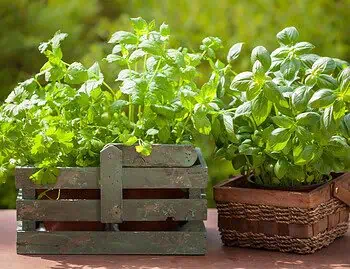
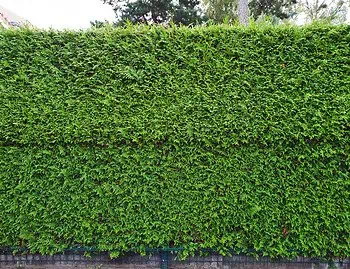
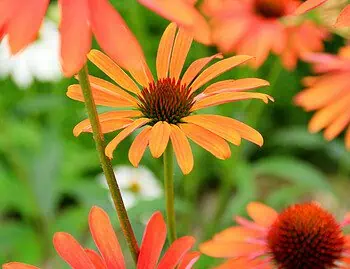
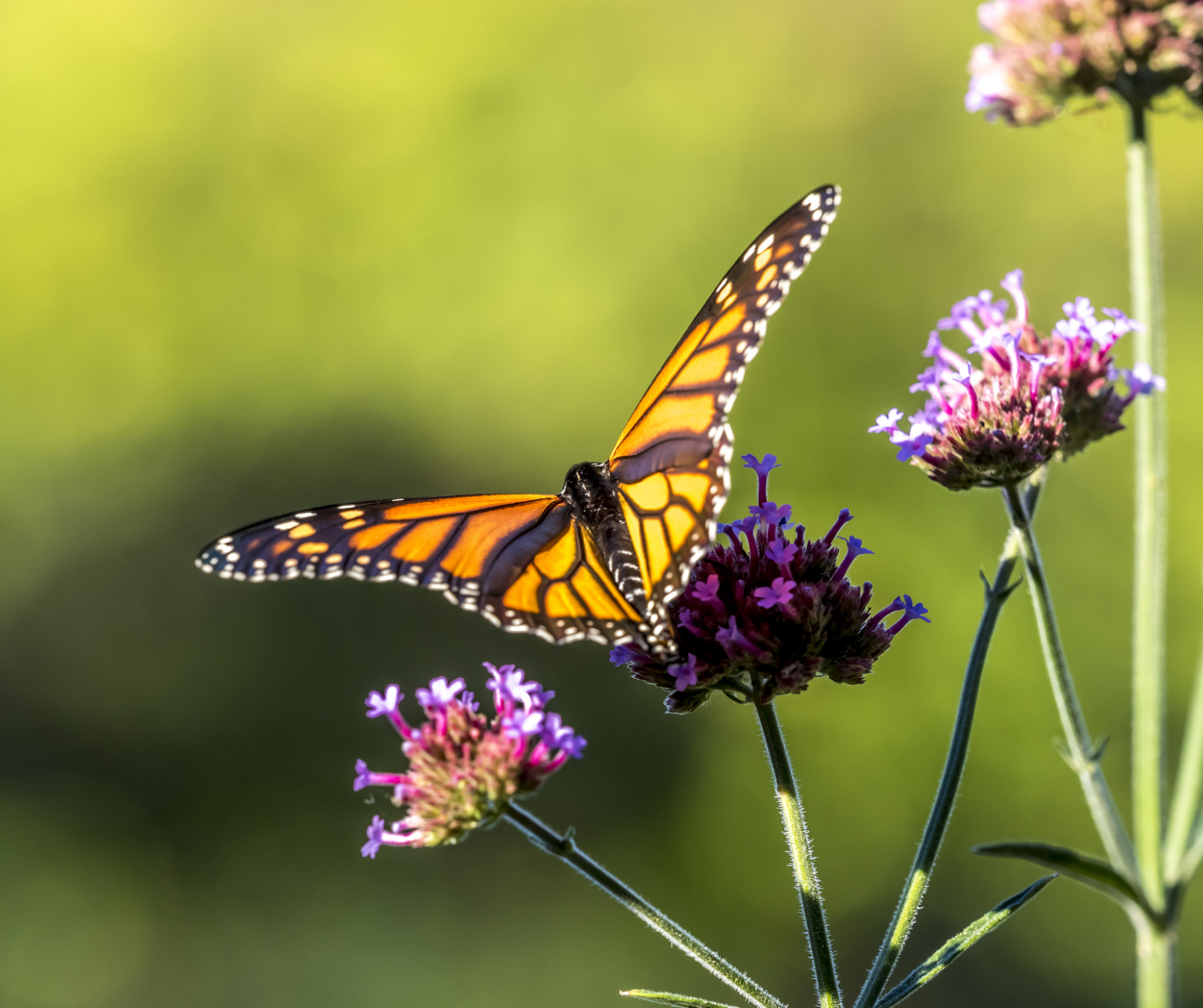
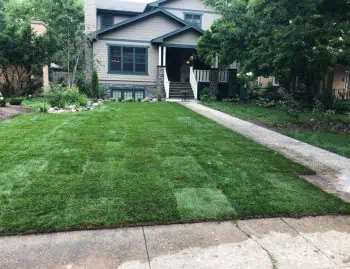
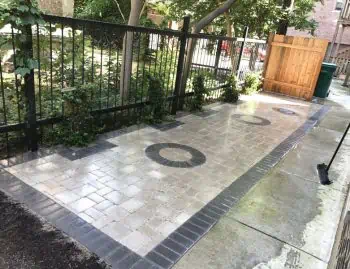

You must be logged in to post a comment.